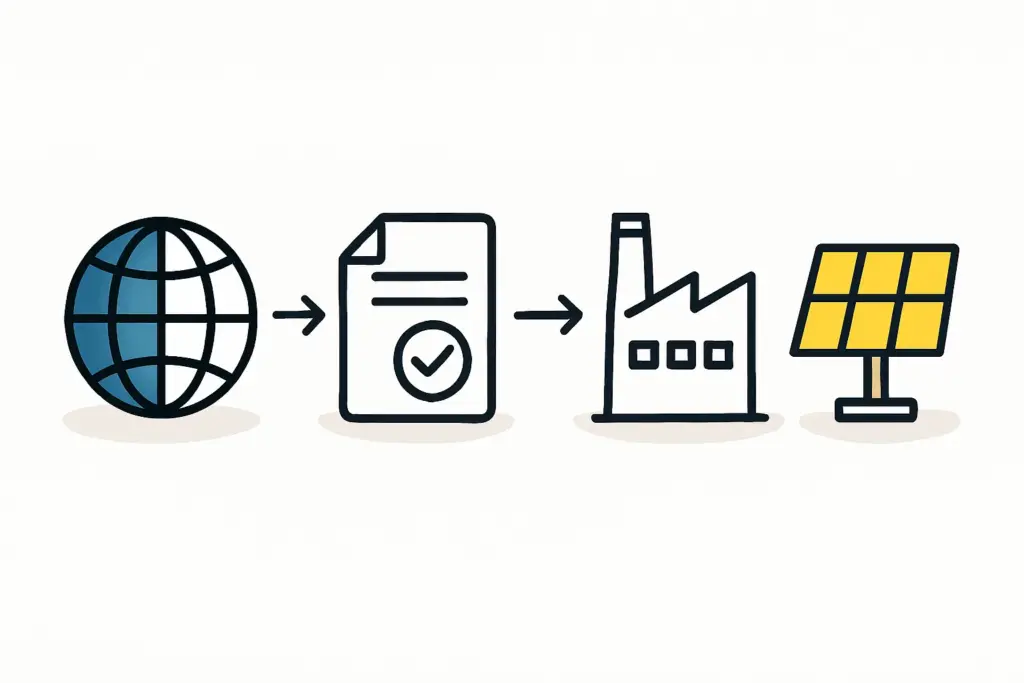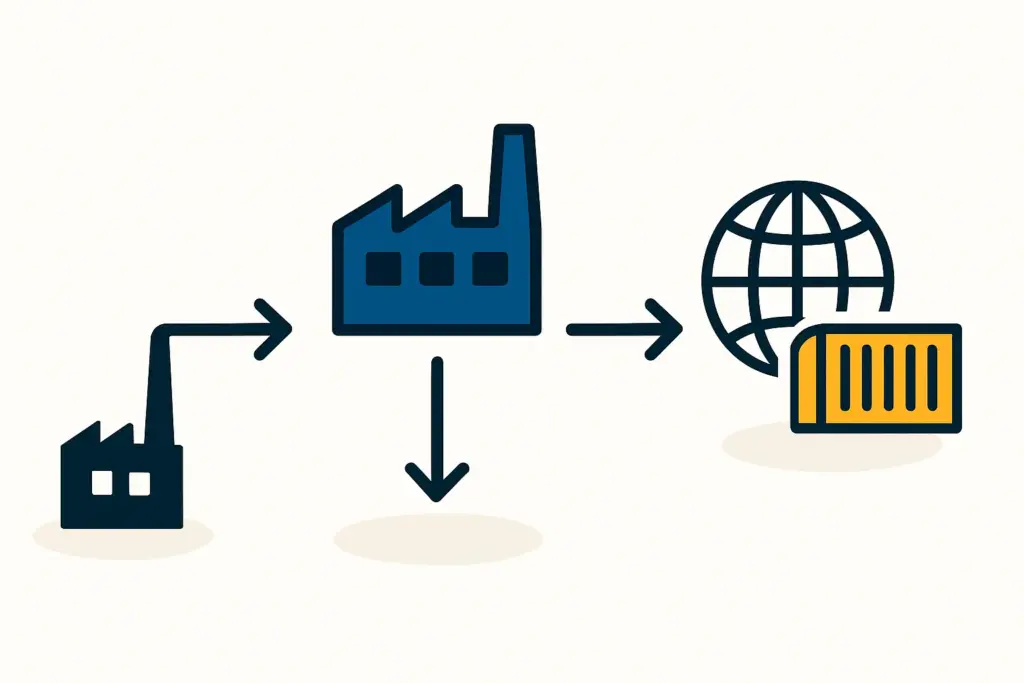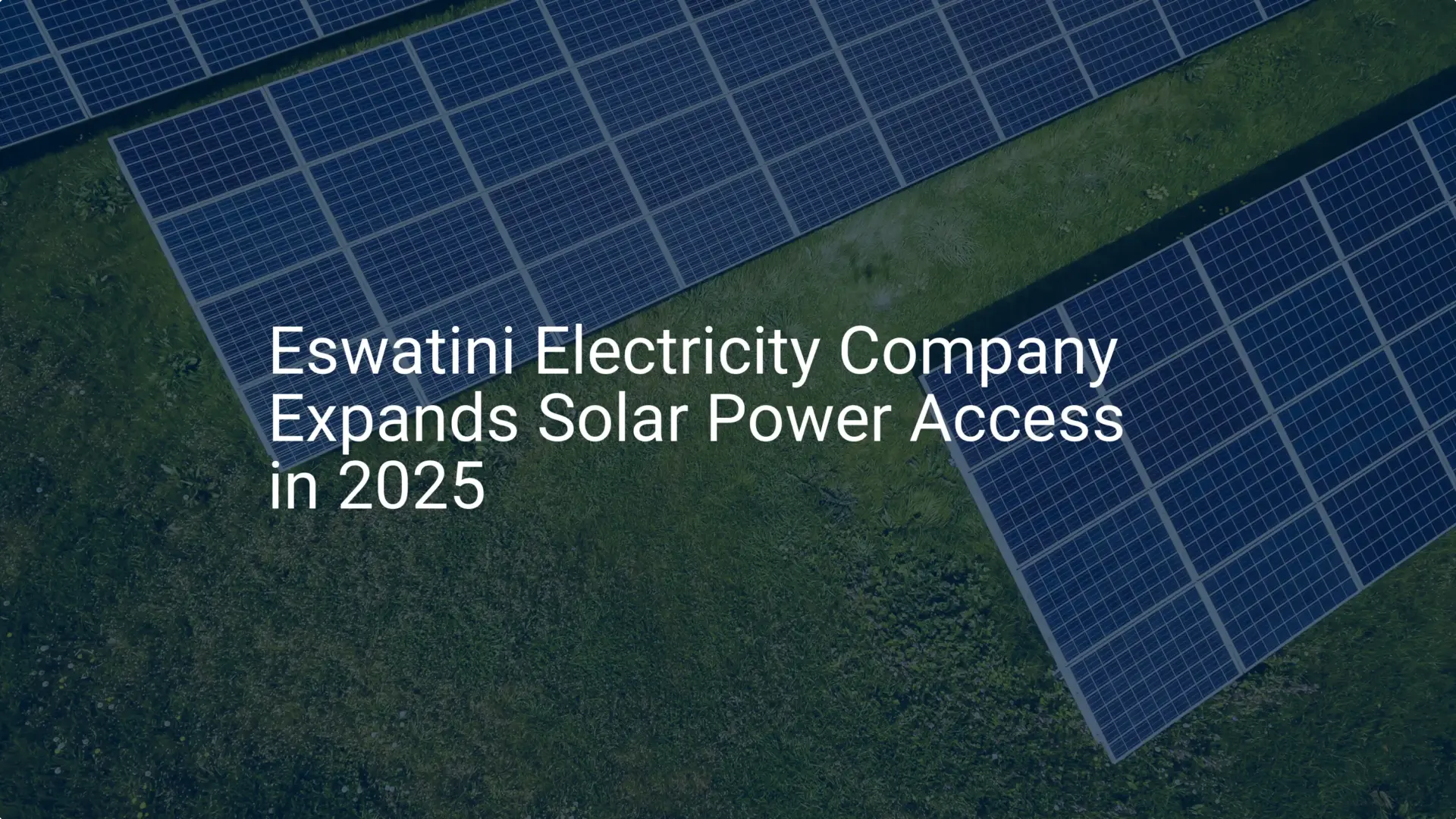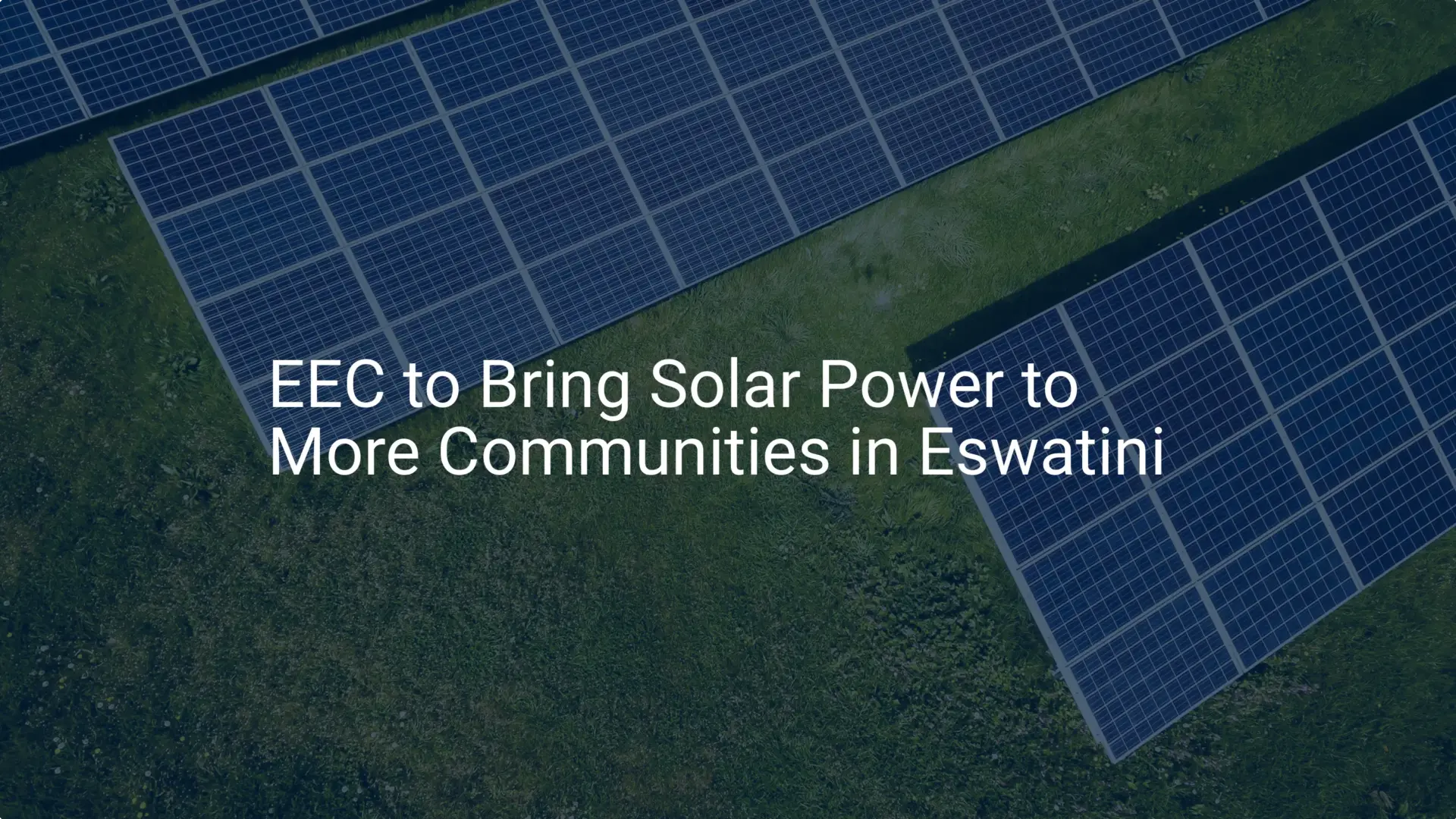Gain comprehensive insights into the statistics and metrics surrounding the solar production industry in Eswatini
- Climate to travel (n.d). Climate in Swaziland. Retrieved January 3rd, 2025, from https://www.climatestotravel.com/climate/swaziland#google_vignette
- IRENA (31st july 2024). Energy Profile Eswatini. Retrieved January 3rd, 2025, from https://www.irena.org/-/media/Files/IRENA/Agency/Statistics/Statistical_Profiles/Africa/Eswatini_Africa_RE_SP.pdf
- Global petrol Price.com (n.d). Swaziland electricity Prices. Retrieved January 3rd, 2025, from https://www.globalpetrolprices.com/Swaziland/electricity_prices/
- AFRO Barometer (26 july 2024). Emaswati applaud government’s provision of electricity, though reliability issues remain. Retrieved January 3rd, 2025, from https://www.afrobarometer.org/wp-content/uploads/2024/07/AD826-Emaswati-applaud-government-provision-of-electricity-Afrobarometer-26july24.pdf
- Renewable Capacity Statistics 2024 (march 2024). Total Capacity Solar Energy. Retrieved January 3rd, 2025, from https://www.irena.org/Publications/2024/Mar/Renewable-capacity-statistics-2024
- Africa press (28-09-2023). 75MW Solar PV Generating Construction Starts in 2024. Retrieved January 3rd, 2025, from https://www.africa-press.net/eswatini/all-news/75mw-solar-pv-generating-construction-starts-in-2024
- Our World in Data (n.d). Eswatini: Energy Country Profile. Retrieved January 3rd, 2025, from https://ourworldindata.org/energy/country/eswatini
- SEPARC WORKING PAPER 005/SZL (november 2017). Assessment of the Economic Costs of Electrical Power Outages in Swazilan. Retrieved January 7, 2025, from https://www.separc.co.sz/wp-content/uploads/2018/07/Assessment-of-Power-Outages.pdf
- Septile (july 29, 2024). Eswatini kicks off mini-grid tender. Retrieved January 3rd, 2025, from https://setpile.com/news/eswatini-kicks-off-minigrid-tender
- Future Power technology (october 21, 2024). Power plant profile: Lavumisa Solar PV Park, Eswatini. Retrieved January 3rd, 2025, fromhttps://www.power-technology.com/data-insights/power-plant-profile-lavumisa-solar-pv-park-eswatini/
- Global Energy Monitor Wiki (n.d). Solar farms in Eswatini. Retrieved January 3, 2025, from https://www.gem.wiki/Category:Solar_farms_in_Eswatini
- Business Eswatini (october 2024). Eswatini: Solar PV-Embedded Generation Market. Retrieved January 3, 2025, from https://business-eswatini.co.sz/wp-content/uploads/2024/10/Eswatini-Solar-PV-Embedded-Generation-Final-Amended-27-Sept-24_compressed.pdf
- Paylab with ukraine (n.d). Salaries on positions in Swaziland. Retrieved January 3, 2025, from https://www.paylab.com/sz/salaryinfo
- Worldometer (n.d). Eswatini (Swaziland) Population. Retrieved January 3, 2025, from https://www.worldometers.info/world-population/swaziland-population/?citationMarker=43dcd9a7-70db-4a1f-b0ae-981daa162054
- Livingcost.org (october 10, 2024).Cost of Living in Eswatini. Retrieved January 3, 2025, from https://livingcost.org/cost/eswatini
- Swazihome (n.d). Warehouse Space for rent at Sidwashini Industrial site. Retrieved January 3, 2025, from https://www.swazihome.com/property/warehouse-space-for-rent-at-sidwashini-industrial-site/
- Africa Energy Portal (n.d). Eswatini: Data& Statistics. Retrieved January 3, 2025, from https://africa-energy-portal.org/aep/country/eswatini
- Regulatory Instruments – Electricity (n.d). Acts. Retrieved January 3, 2025, from https://www.esera.org.sz/legislation/
- International Trade Administration (21-06-2024). Eswatini – Country Commercial Guide Import Requirements and Documentation. Retrieved January 3, 2025, from https://www.trade.gov/country-commercial-guides/eswatini-import-requirements-and-documentation
- International Trade Administration (21-06-2024). Eswatini – Country Commercial Guide Standards for trade. Retrieved January 3, 2025, from https://www.trade.gov/country-commercial-guides/eswatini-standards-trade
- Global Energy Monitor Wiki (june 1, 2024). Edwaleni solar farm. Retrieved January 3, 2025, from https://www.gem.wiki/Edwaleni_solar_farm
- Solsun (n.d). About us. Retrieved January 3, 2025, from https://solsuncompany.com/
- Solar!Hello (n.d). Power Your Life with Solar EnergY. Retrieved January 3, 2025, from https://www.solarhelloeswatini.com/


















